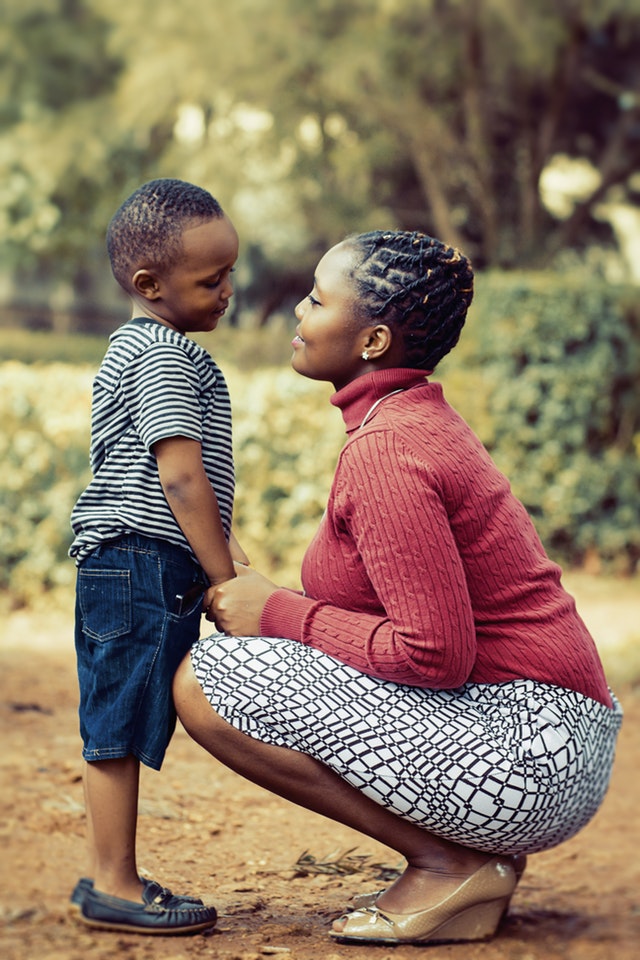When we notice a recurring problem area with one of our children, we naturally want to fix it. So we think about it, talk to people about it, ask for advice, maybe try some different things. But how often do we simply ask the child? Get on their level, into their world, and speak their language? When we leave our children out of the equation in how to solve their problems, we are missing the most important piece of the puzzle.
Sometimes all it takes is asking, “Hey so I noticed this behavior keeps coming up, how are you feeling in that moment, what do you think is going on that’s causing that?”
Or, “I see how frustrated you get when your sibling does this, and then you react by hitting them. You feel so angry and you want to express that! The problem is, I don’t like to see kids getting hurt and I need to make sure everyone is safe. How can we solve this problem together? How can I help you learn to express yourself without hurting anyone?”

Or, “It seems like you’re having a hard time with everything that needs to be done in the morning before you leave for school. You feel tired and don’t want to be rushed. I feel frustrated because I don’t want you to be late. How can we work together to make our mornings feel better?”
When we problem solve together, we give our children essential new tools. They learn how to better recognize problems when they come up, and how to get creative in working through them. They can then use this skill any time conflict occurs, whether it’s with other kids or adults, or within themselves. Problems will always arise in this life, but when we work together, our children can become expert problem-solvers.

0 Comments